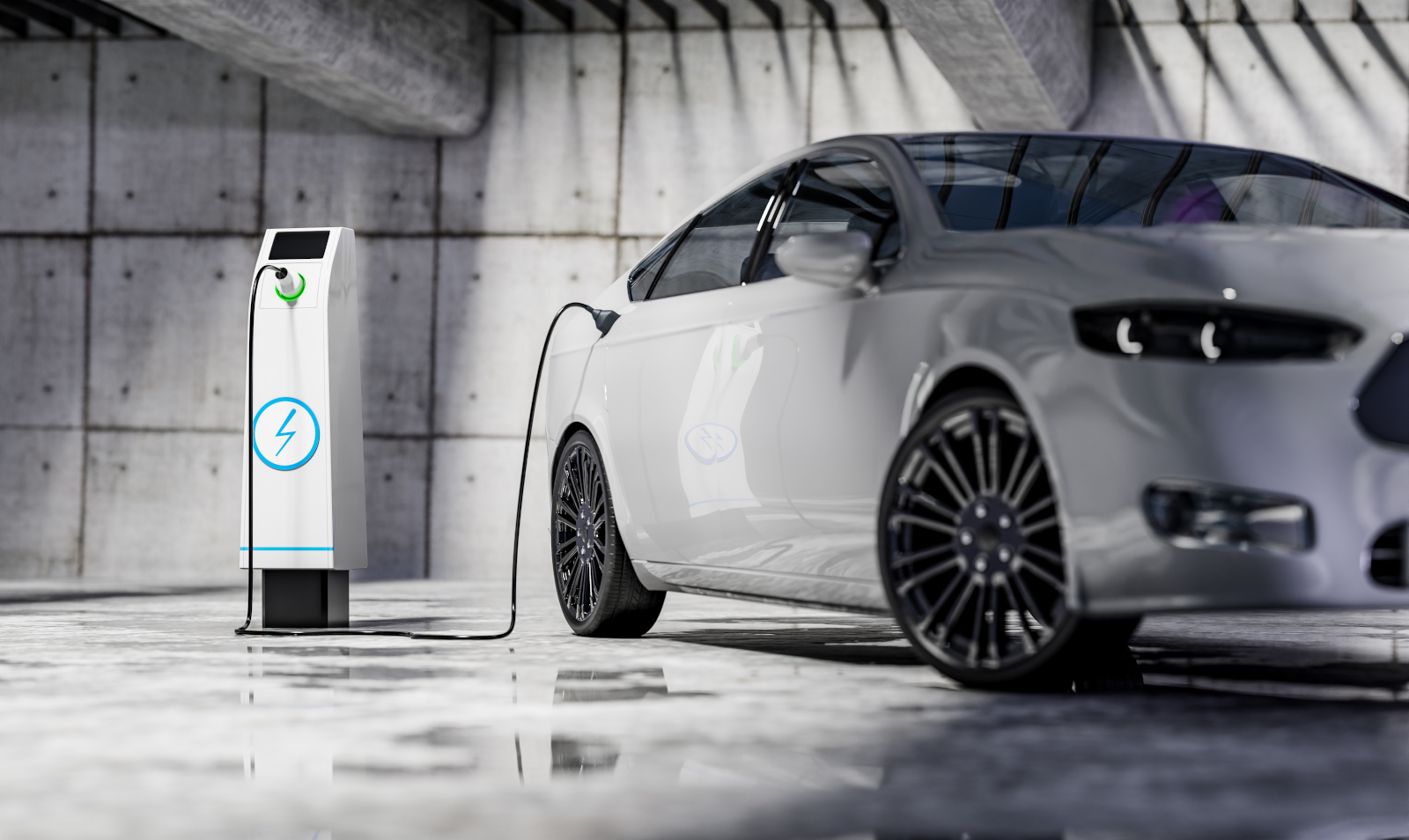Overview
The sudden transition to electric vehicles (EVs) has the auto industry scrambling to design, engineer, and build the needed vehicles. Several OEMs have committed to the transition with many vehicle lineups going completely electric by 2035. The EV world is changing at an accelerated rate as new technologies are developed. Costs, supply chains, and the lack of dedicated factories have been bottlenecks leading to these transitions.
Adding to these challenges is the lack of regulations. NHTSA, DOT, and the DOE are all trying to catch up on updating the laws and regulations for the EV market. This is the first time North America is behind the rest of the world in regulations and market saturation. Many OEMs are now building Gigafactories* such as GM’s Factory Zero and Ford’s Blue Oval City. These facilities will pave the way for North American battery production to supply electric vehicles they committed to produce.
Many consumers are skeptical about the transition to EVs. This is due to costs, driving range, charging speeds, battery life, safety and reliability. With battery range being one of the factors new consumers are worried about, there are many advancements that are currently being worked on to increase range and charge speed. With the three main types of battery designs, all of them are heavy, reducing weight is a critical factor in battery development.
Challenge: Purchase Price
A new EV purchase price is higher than gasoline vehicles due to battery technology costs and expensive raw materials. New electric vehicles will need to normalize costs for the average consumer to be able to purchase one. Consumers are looking for an EV with a similar range to the gasoline counterparts. The average gasoline-powered vehicle range is 300–400-miles on a single tank. Many newer EVs are just starting to get a range of 200-300 miles (weather dependent). This is significantly less than what the consumer is used to and causes range anxiety.
Challenge: Charge Speed
The EV charge speed depends on several factors like cable size, output power from the station, and the battery’s ability to accept a fast charge. There are three levels of charging; Level 1 uses 120v, Level 2 uses 240v and Level 3 uses 480v DC. Level 3 has the fastest charging capability but will still require 30-60 minutes to charge the average EV to 80%. Level 2 can take 3-12 hours depending on battery size. This adds significant time to any long-distance trip or if you need to charge between home and work.
Challenge: Charging Stations
As the industry pushes forward to create more charging stations, power banks for electricity reserves, and superchargers to increase charging speeds, it will create a strain on the grid capacity. Many cities are working on updating and expanding the infrastructure to accommodate the EVs coming to market. This can also lead to variation in charging costs. Today, many retail stores and supermarkets have free Level 2 charging stations to attract consumers. This will be a short-term solution as more EVs come to market. Offering free charging to the increasing numbers of EVs would cost retail companies a significant amount of money.
Challenge: Safety
The US regulatory departments are working to develop laws and regulations for the EV space. However, with the lack of rules, OEMs lack guidance for the design and safety features of the batteries. EV fires have been a significant challenge to control once started. The battery packs can reignite after emergency responders put them out. They also require significantly higher water consumption to put out the flames as well. Thermal propagation control will be essential for the safety of EV batteries.
Thermal management is one of the main factors for battery life and charge speeds. Almost all the current vehicle batteries use aluminum between the cells to assist with thermal management. NeoGraf’s SpreaderShield™ heat spreaders are a direct replacement for aluminum at one-third the weight and one-half the thickness for the same heat-spreading capabilities. This can shrink the overall size of the battery and make it lighter or create more space within the battery pack to add more cells and have a higher energy density. If the same thickness is used compared to aluminum, the heat can escape the cells quicker which in turn can increase charge speeds.
Conclusion
With the challenges the EV space faces today, many OEMs, suppliers and research facilities are working diligently to make EVs compete with their gasoline counterparts. As laws and regulations are released from NHTSA, DOT, and DOE, the OEMs will make the necessary changes to ensure that vehicles are safe and reliable. As the industry transitions to EVs, NeoGraf Solutions remains dedicated to helping OEMs, suppliers, and research labs test graphite as an aluminum alternative for improving battery design for weight and thermal management.
*A gigafactory is a large-scale manufacturing facility that produces batteries for electric vehicles and other battery-powered devices
Author: Joe Mihala – NeoGraf New Business Development Manager – E-Mobility

